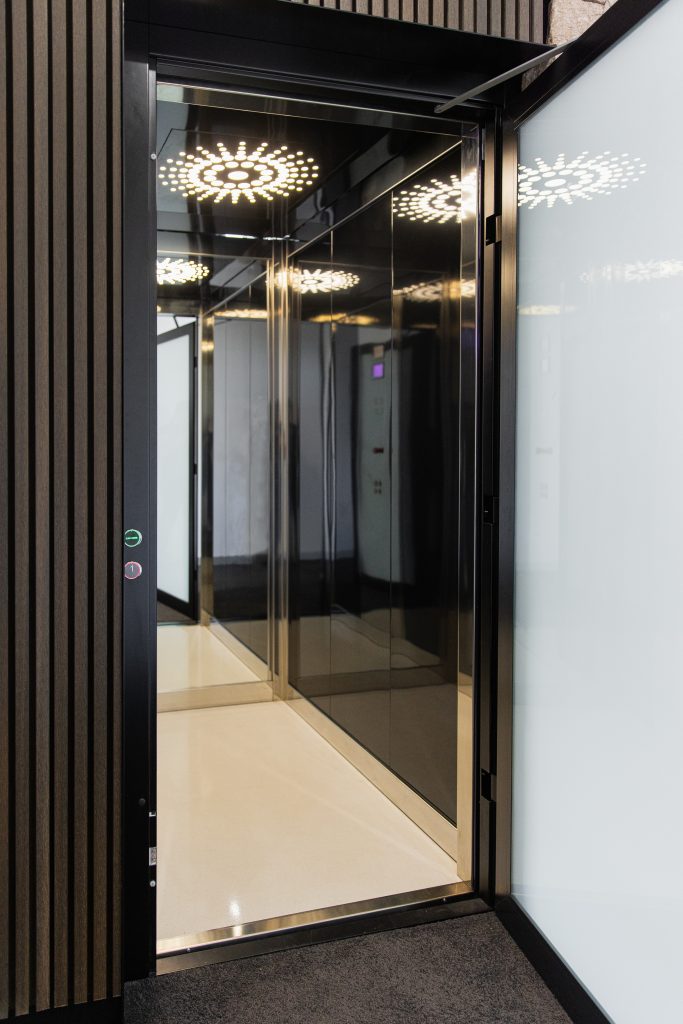Top Lift Companies in London: Offering Top Quality Installations and Maintenance
Top Lift Companies in London: Offering Top Quality Installations and Maintenance
Blog Article
Diving Into the Globe of Lifts: Common Concerns Faced by Various Lift Systems
As we browse through the vertical transportation systems of modern-day buildings, lifts stand out as an important part of our everyday lives. From hydraulic lifts to traction systems and machine-room-less designs, each lift type comes with its set of common issues.
Hydraulic Lifts
Hydraulic elevators, often liked for low-rise buildings, utilize fluid pressure to control the movement of the elevator car (lift repair companies). This system involves a hydraulic pump pressing oil right into a cyndrical tube, causing the elevator to relocate the preferred direction. While hydraulic elevators are known for their smooth and quiet procedure, they do come with their own collection of common issues
One common problem with hydraulic elevators is oil leak. In addition, issues with the control system, such as malfunctioning shutoffs or a malfunctioning pump, can create interruptions in the lift's movement.
Normal maintenance and timely fixings are important to ensure the smooth performance of hydraulic elevators. By attending to these usual problems proactively, building owners can reduce downtime and make sure the security and efficiency of their upright transportation system.
Grip Elevators
When considering upright transportation systems in buildings, an additional common type in addition to hydraulic elevators is the grip lift. Grip elevators operate making use of a system of ropes and weights that move the elevator vehicle by gripping onto the hoist ropes. This system permits smoother and faster upright transport contrasted to hydraulic systems.
Among the common concerns dealt with by grip lifts is rope wear. The consistent movement of the ropes within the traction system can bring about tear and put on in time, possibly triggering the elevator to breakdown or come to be harmful for use. Regular assessments and maintenance of the ropes are vital to make sure the elevator's appropriate performance and safety and security.
One more problem that traction lifts might run into is connected to the control system. Problems with the control system can result in concerns such as unpredictable movement, delays in feedback times, and even full shutdowns. Normal screening and upkeep of the control system are vital to avoid such concerns and make sure the lift's integrity.
Machine-Room-Less (MRL) Lifts

Among the vital elements of MRL elevators is the portable gearless traction device that is mounted within the hoistway. This equipment successfully drives the elevator automobile without the demand for large devices located in conventional traction elevators. Furthermore, MRL lifts commonly use a counterweight system to stabilize the car, additional improving their power performance.
Regardless of their advantages, MRL lifts might deal with challenges connected to repair and maintenance because of the confined space for tools installment. Availability for servicing components within the shaft can read this post here be limited, requiring specialized training for technicians. Proper upkeep routines and routine inspections are crucial to guarantee the continued smooth operation of MRL elevators.
Overloading and Weight Limit Issues
Are lifts furnished to handle excess weight loads efficiently and safely? Overwhelming and weight limitation problems are vital issues in lift procedures. Lift manufacturers design lifts with certain weight capabilities to make sure passenger security and tools durability. Going beyond these weight restrictions can lead to various troubles, consisting of mechanical failures, hold-ups, and safety risks.
When elevators are overloaded, it places excessive stress on the electric motor, cables, and other components, potentially causing break downs or breakdowns. Safety and security systems such as sensing units and overload sensing units are in area to stop lifts from moving if they find excess weight. Additionally, exceeding weight restrictions can bring about raised energy usage and deterioration on the elevator system.
To reduce straining concerns, constructing managers should plainly present weight limitations in elevators and enlighten passengers on the relevance of adhering to these limitations - lift repair companies. Routine upkeep checks by certified service technicians can likewise aid ensure that lifts are operating within risk-free weight specifications. By attending to overloading and weight limit concerns proactively, structure owners can improve lift safety and efficiency
Electrical System Failings
Going beyond weight limitations in lifts can not just lead to mechanical concerns however likewise possibly add to electric system failings within the lift facilities. Electric system failings are a crucial concern in elevator procedure, as they can trigger unanticipated shutdowns, malfunctions, or also safety threats.
In addition, power rises or variations in the electric supply can also interrupt the lift's operation, impacting its efficiency and security. These electric disruptions can harm delicate lift parts click reference such as control board, circuit boards, or sensors, leading to system failings. Routine upkeep and assessments are essential to determine and address prospective electrical issues without delay, making sure the safe and efficient procedure of lift systems. By adhering to weight restrictions and conducting routine electric system checks, building proprietors can alleviate the threat of electrical failings in lifts.
Conclusion

Hydraulic lifts, typically favored for low-rise buildings, utilize fluid pressure to control the activity of the elevator automobile.When considering upright transport systems in buildings, one more typical type apart from hydraulic elevators is the grip lift. Traction elevators run utilizing a system of ropes and weights that move the elevator automobile by gripping onto the hoist ropes. Unlike standard lifts that call for a different device room to house the tools, MRL lifts integrate many of the elements within the shaft, removing the requirement web for a dedicated device room.In verdict, elevators face usual concerns such as hydraulic malfunctions, traction system failings, and electrical system issues.
Report this page